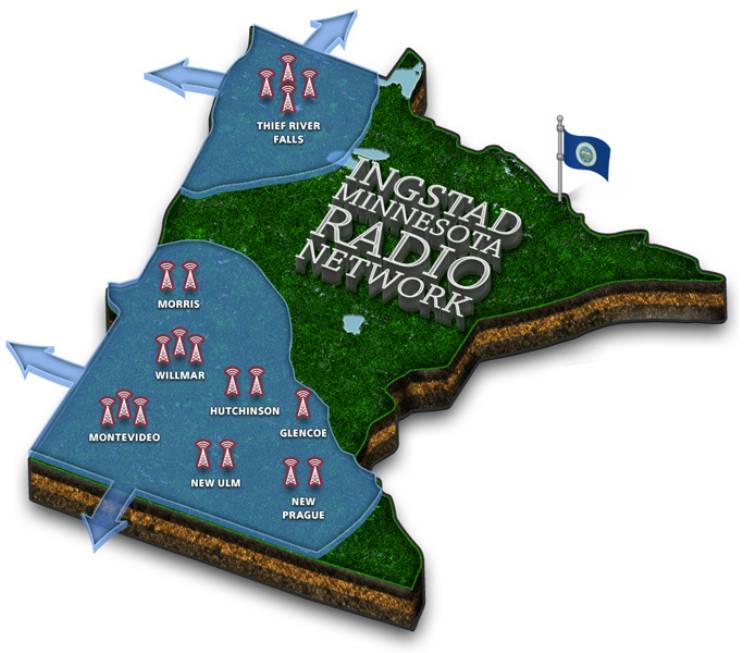Minnesota Jobs Metrics Tick Down, but Remain High
The state’s unemployment rate ticked up one-tenth of a percentage point to 2.9% from May to June, and the labor force participation rate ticked down two-tenths of a percentage point to 67.8% over the month, according to numbers released today by the Minnesota Department of Employment and Economic Development (DEED).
Minnesota lost 3,200 jobs from May to June on a seasonally adjusted basis, with the private sector down 3,300 jobs. Even with June’s losses, Minnesota has added jobs eight of the last 12 months. The state’s labor force declined by more than 3,100 people. Minnesota’s unemployment rate remains low and its labor force participation rate continues to be among the highest in the country.
Nationally, the unemployment rate increased one-tenth of a percentage point to 4.1% and the labor force participation rate increased one-tenth of a percentage point to 62.6% over the month.
“We closely monitor job and labor force growth and we continue to believe that job growth, particularly in certain sectors, is constrained by a lack of available workers with necessary skills,” said DEED Commissioner Matt Varilek. “That’s why DEED and our agency partners are focused on innovative initiatives to help connect Minnesotans looking for work with in-demand employment. DEED’s Drive for 5, Targeted Populations, Clean Economy Equitable Workforce and other programs will help bring more Minnesotans into the labor force with high-demand skills.”
Over the month, four supersectors in Minnesota gained jobs on a seasonally adjusted basis, including Education & Health Services, up 4,500 jobs, and Construction, up 300 jobs.
Six supersectors in Minnesota lost jobs over the month, including Professional & Business Services, which was down 3,000 jobs, Leisure & Hospitality down 2,100 jobs, and Manufacturing down 1,600 jobs.
Over the year, Minnesota has gained 29,711 payroll jobs, up 1.0%. The private sector gained 10,295 jobs, up 0.4%.
Four supersectors posted positive annual growth in Minnesota, including Education & Health Services, up 39,265 jobs or 7.1%, outpacing the national rate of 4.2%. Government gained 19,416 jobs, up 4.6%, outpacing the U.S. growth rate of 2.6%.
Seven supersectors lost jobs over the year in Minnesota. Most notably, Professional & Business Services lost 19,240 jobs, down 4.9%, while the U.S. grew 0.3%, and Manufacturing lost 8,436 jobs, down 2.6%, with the U.S. Manufacturing sector unchanged over the year.
Wages for Minnesota workers again outpaced inflation and national wage growth. Average hourly wages for all private sector workers increased $2.02, or 5.7%, over the year. The Consumer Price Index (CPI) a common measure of inflation, rose 3% over the year, meaning wages increased almost twice as fast as inflation. Nationally, private sector wages grew 4.7% over the year.
“Looking at the big picture, Minnesota’s job growth is still growing over the year and wage growth has been generally higher than inflation over the same period,” said DEED’s Labor Market Information Director Angelina Nguyễn.








